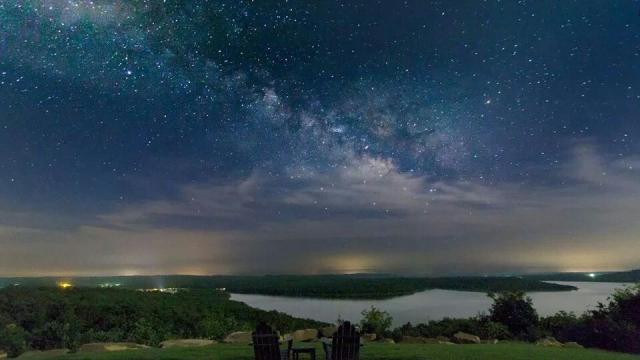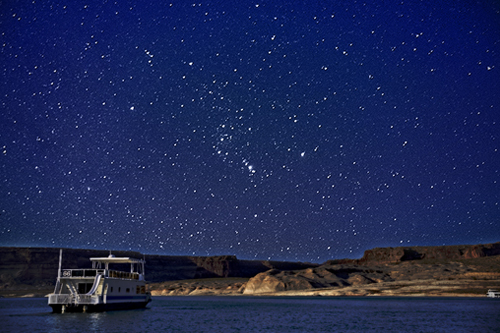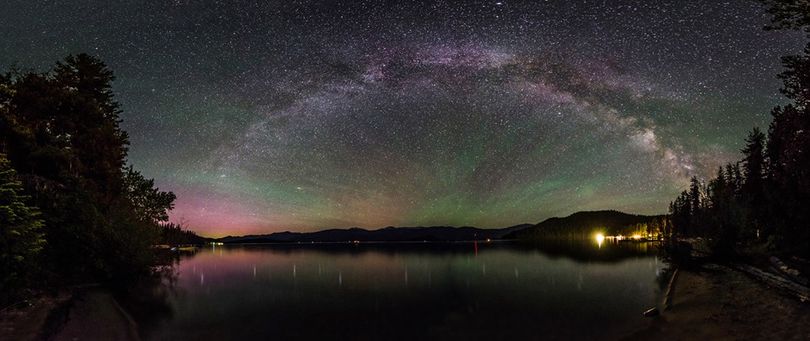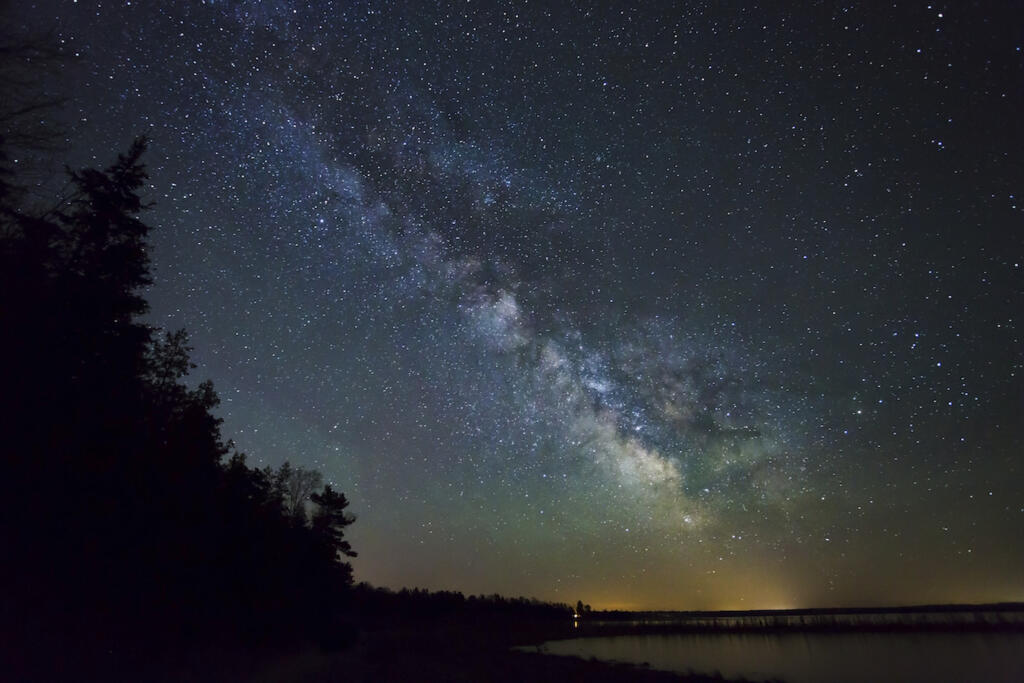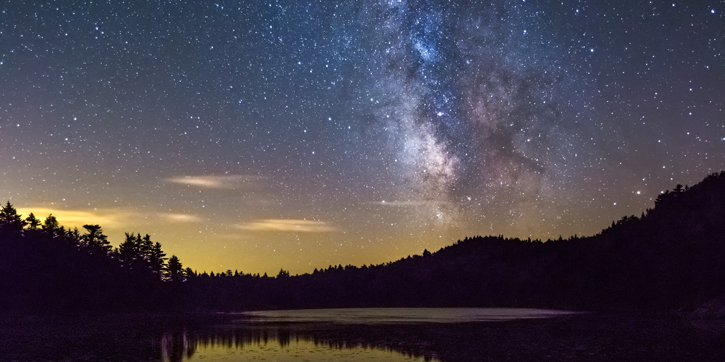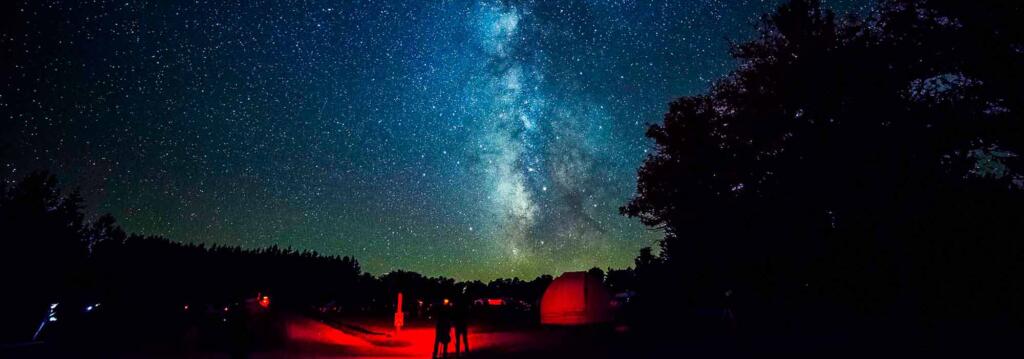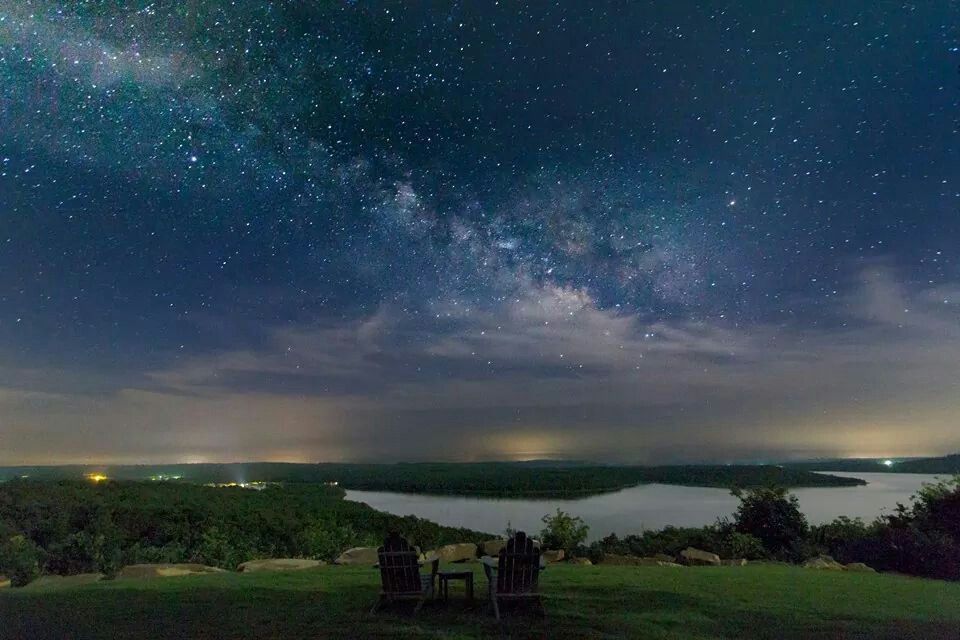
That’s right. Nessie, the infamous “Loch Ness Monster” of Scotland, isn’t the only lake-lurking sea serpent. In several lakes across the U.S., boaters, and pedestrians alike have reported mythical lake monsters’ sightings. Several of our Lake Homes Realty listings are available on lakes with these alleged monsters.
If you’re looking for a lake home where you can add “monster hunting” to your list of lake activities, we’ve got the details. Who knows — you may be lucky enough to see one!
Raystown Lake, PA – “Ray”
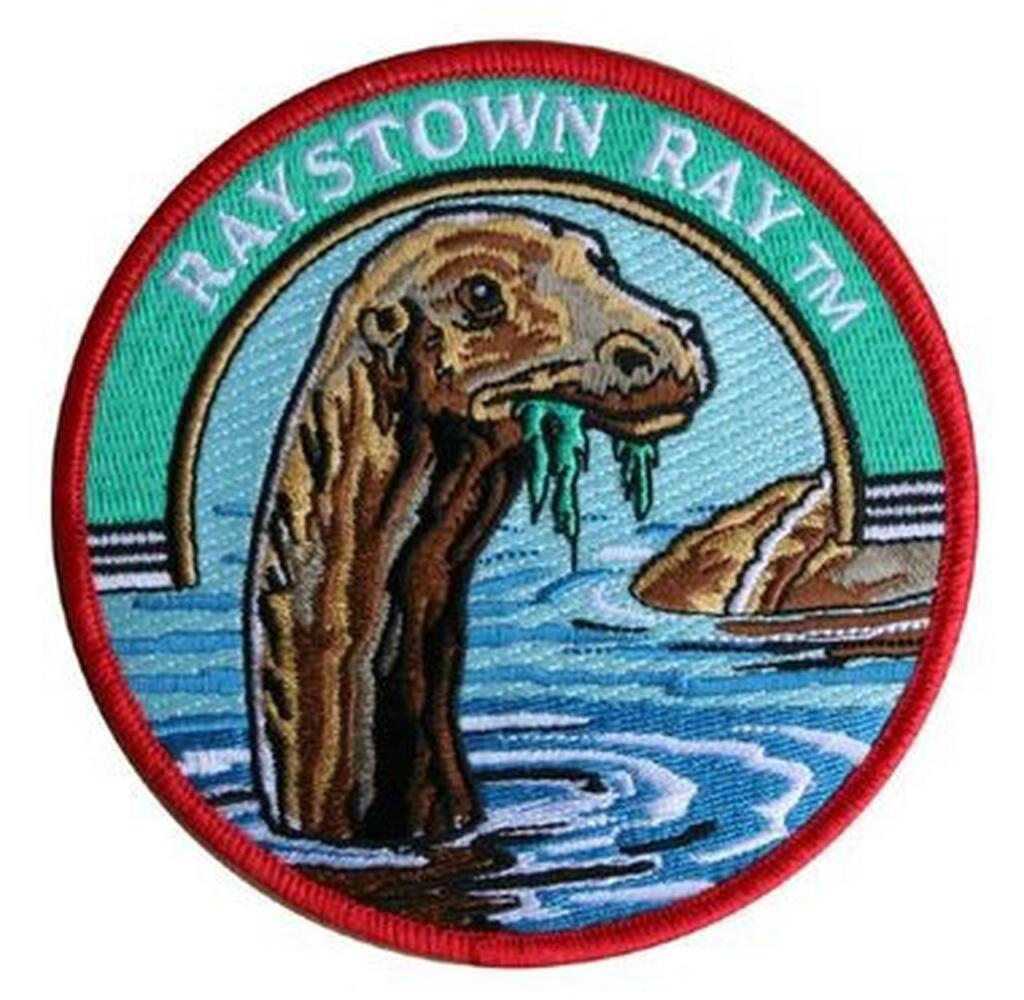
You may think lake monsters only exist in ancient waters, but these legends persist in man-made lakes as well. The first sighting of Ray, the Raystown Lake monster, was reported in 1962 when the lake was created. Those who organized the Raystown Ski Club Water Show almost canceled the event when they allegedly spotted Ray hiding out by the jump ramps.
Since then, sightings have been sparse, with the most recent report in 2015. The good news is, visitors shouldn’t fear for their lives. Jeff Krause, Raystown Lake resident and wildlife biologist, commented in a press release that Ray is most certainly a herbivore. Real or not, Ray is part of the lake’s charm, and you can buy patches, t-shirts, and postcards featuring him.
Lake Mendota, WI – “Bozho”
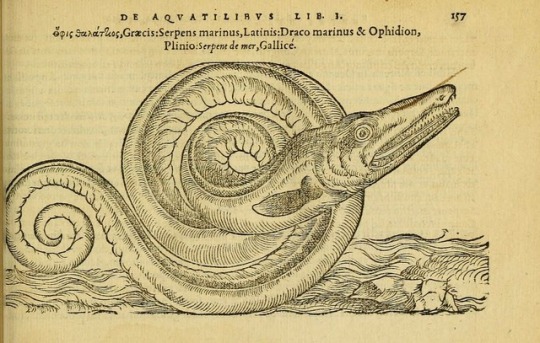
Sightings of this Lake Mendota serpent began in the 1860s when canoers reportedly ran into Bozho with their oar, mistaking him for a log before he dipped underwater. “This was a monster of some sort, we have no doubt,” the canoers later wrote, according to The Bozho, a local news and culture website named for the monster. But this lake creature is allegedly more playful than vindictive. Residents say that Bozho is a prankster.
According to pamphlets published by the Wisconsin Historical Society, a sunbathing college student noticed the serpent licking her feet. She described Bozho’s face as having “a friendly, humorous look in its big eyes.” What else would you expect from a creature with the same name as a famous clown?
Lake Ontario, NY – “Kingstie”
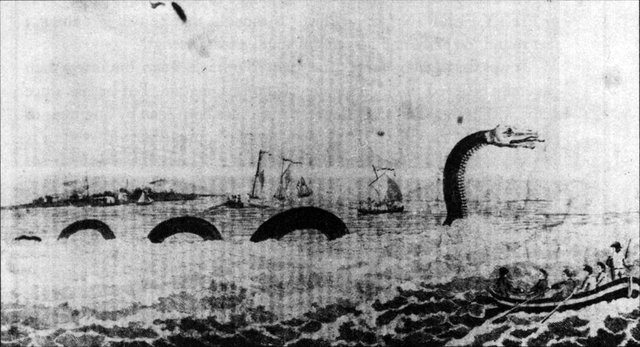
This Great Lake’s legend of Kingstie begins long before European colonizers landed in Canada. The Native American Seneca tribe passed down tales of an angry, fire-breathing dragon called Gaasyendietha in Lake Ontario’s waters. But sightings didn’t end there.
In the early 19th century, ship crews reported seeing a monster in the waters, though descriptions are inconsistent. The name “Kingstie” comes from a 1932 sighting near Kingston, Ontario (although this particular sighting turned out to be a hoax).
Unfortunately, no one has spotted Kingstie since 1968. That sighting was from a resident near former Scarborough, Ontario, who described a 20-foot long eel-like creature in the water.
Lake Champlain, NY & VT – “Champ”
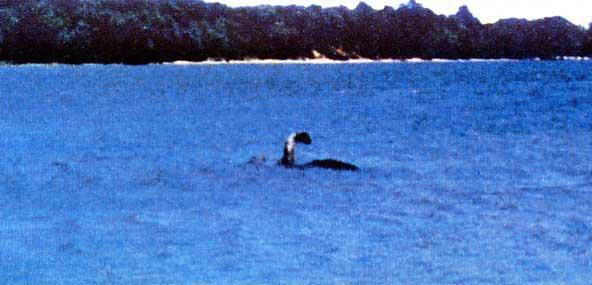
Described as a serpent between 20-40 feet with a long neck, Champ is one of the most famous lake monsters. Its renown even captured P.T. Barnum’s interest, who offered a reward if anyone could capture the beast.
The first documented sightings in Lake Champlain began in the early 1800s when a sea captain and sheriff claimed to witness Champ. These reports led to several more sightings across the centuries.
In 2003, the nonprofit Fauna Communications Research Institute reported sounds similar to beluga whales, suggesting that Champ may be capable of echolocation.
Champ’s legend attracts many visitors each year. Port Henry has a giant model of Champ and holds an annual “Champ Day” on the first Saturday of every August. Vermont’s minor league baseball team is even called the Lake Monsters.
Lake Manitou, IN – Meshekenabek

This human-made lake arose from a treaty between the U.S. government and the Potawatomi Native American tribe. The government agreed to build a mill that the tribe could use for corn and constructed a dam for water power.
Lake Manitou’s name means both “good spirit” and “evil spirit.” Rumors of the monster began shortly after the lake’s emergence, and its name, Meshekenabek, means “great serpent” in the tribe’s language.
In 1827, both tribe members and mill construction workers claimed to see the creature, describing it as 30 feet long, a dark color, with a long neck. Sightings have been rare since then, but that doesn’t mean you can’t try!
What do you think — lake monsters or myths?

